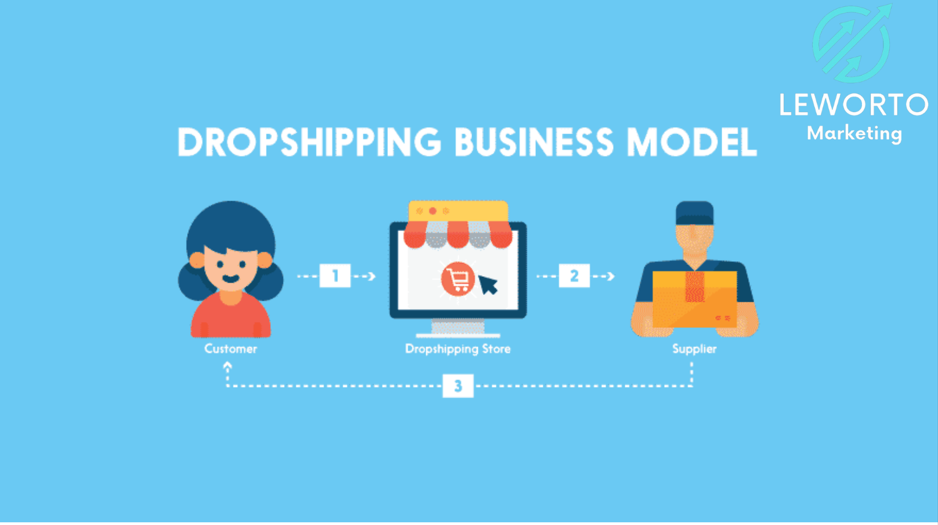Dropshipping is a retail fulfillment method where a store doesn’t keep the products it sells in stock. Instead, when a customer makes a purchase, the store purchases the item from a third party (usually a wholesaler or manufacturer) and has it shipped directly to the customer. This means that the retailer doesn’t have to handle the product physically, nor does it need to invest in inventory upfront.
Here’s how dropshipping typically works:
- A customer places an order on the dropshipping retailer’s website.
- The retailer forwards the order details to the dropshipping supplier, including the customer’s shipping information.
- The dropshipping supplier then ships the product directly to the customer.
- The retailer pays the wholesale price to the supplier, keeping the difference between the wholesale price and the retail price as their profit.
Dropshipping has gained popularity due to its low startup costs and the fact that it doesn’t require a significant initial investment in inventory. It also allows entrepreneurs to test out different products and markets without having to commit to large quantities of stock.
However, there are some challenges with dropshipping. Since the retailer doesn’t control the inventory or shipping process, there may be issues with product availability, shipping times, and product quality. Also, because the retailer is not handling the fulfillment process directly, customer service and handling potential returns or exchanges can be more complicated.
It’s essential for dropshippers to choose reliable suppliers and maintain good communication with them to ensure a smooth operation. Additionally, offering unique products or excellent customer service can help dropshipping businesses stand out in a competitive market.





